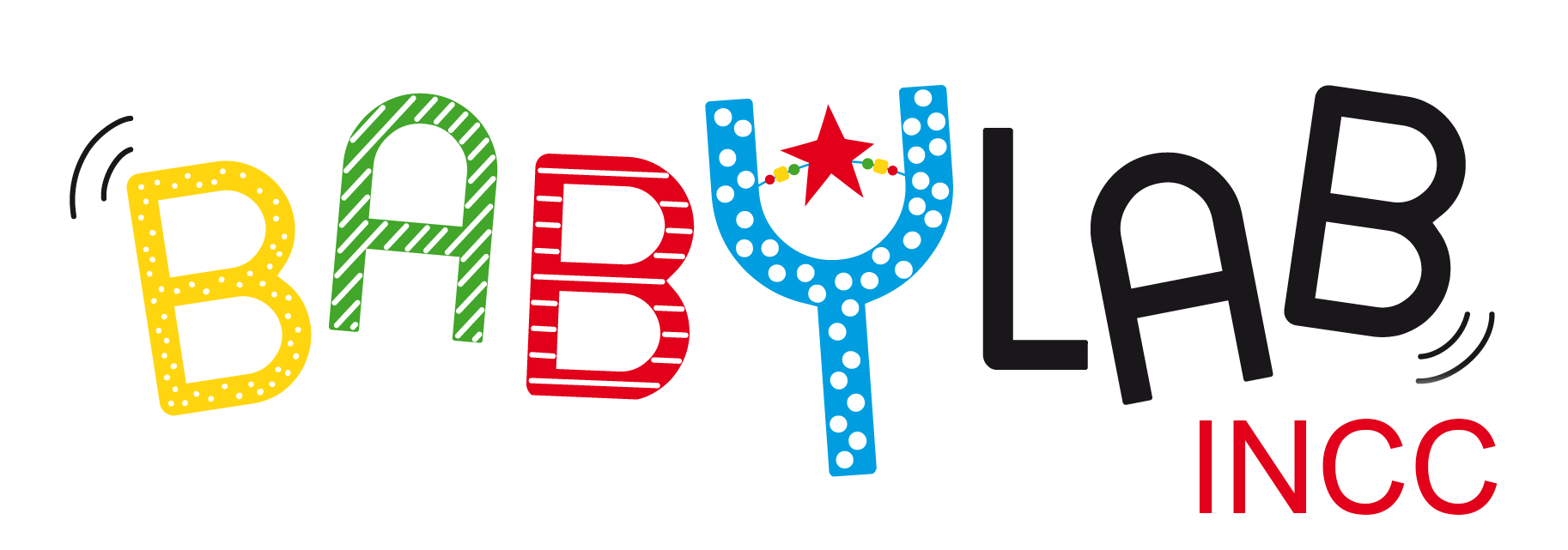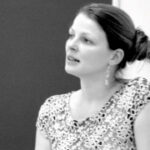Mechanisms of Early Language Acquisition : Brain and Behavior (Mela)
2011-2014
Understanding human infants’ remarkable ability to acquire their mother tongue without explicit instruction in the span of a few years has been one of the core questions of cognitive science in the last half century. Far from being solved, the problem continues to challenge and intrigue researchers and the general public alike. Particularly little is known about the earliest acquisitions, i.e. preverbal infants’ linguistic knowledge and abilities. The present project explores how young infants are guided through their very first steps into language by their perceptual and other learning abilities. Our main objective is to understand how early perceptual abilities and statistical learning conspire with genetically endowed categories during the acquisition of the most fundamental phonological and morphosyntactic properties of the native language from birth throughout the first year of life. The project proposes to answer this foundational question in the unified context of behavioral and brain development. Two main lines of research are proposed: Task 1 investigates the basic abilities of newborns using optical brain imaging, while Task 2 combines behavioral and imaging studies to probe the developmental process in preverbal infants. We propose to investigate the above raised theoretical questions by studying a wide range of typologically diverse languages, including French as our largest infant group, as well as Japanese and Basque among others.
Through such cross-linguistic investigations we propose to understand how the universal genetic endowment and the initial perceptual abilities interact with different linguistic inputs to produce different grammars and how the native language emerges from early broad-based and possibly universal abilities that interface with specific language experience. The project is expected to yield breakthrough theoretical insights into the linguistic and cognitive development of the youngest infants, elucidating how babies start cracking the linguistic code despite its seemingly challenging nature. In addition, we will develop the currently existing and already productive optical imaging facility into an outstanding developmental optical imaging center, unique in France, which could serve as a reference and a training site for the establishment of other such laboratories in the country.

